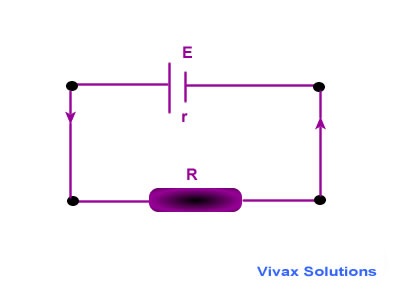Let the EMF, internal resistance, load and the current of a circuit be E, r, R and I respectively.
E = I(R + r)
I = E/(R + r)
The power of the load, the external resistor in this case, is as follows:
P = VI
P = E2R/(R + r)2
Let's differentiate P with respect to R
dP/dR = E2/ / (R + r)2 - 2E2R / (R + r)3
When P is maximum,
dP/dR = 0
E2/ / (R + r)2 - 2E2R / (R + r)3 = 0
R + r = 2R
R = r
As you can see, the power is maximum, when the external resistance is equal to the internal resistance of the battery or cell.
E.g.
R = r
E = 12V R = 6 r = 6
Power = (12/12)2 X 6 = 6W
R > r
E = 12 R = 12 r = 6
Power = (12/18)2 X 12 = 5.3W
R < r
E = 12 R = 4 r = 6
Power = (12/10)2 X 4 = 5.7 W
You can practise the above with the following interactive simulation:
For a comprehensive tutorial on electricity, for GCSE, IGCSE, IB, A Level, GCE OL and GCE AL, please use this link.







0 comments:
Post a Comment